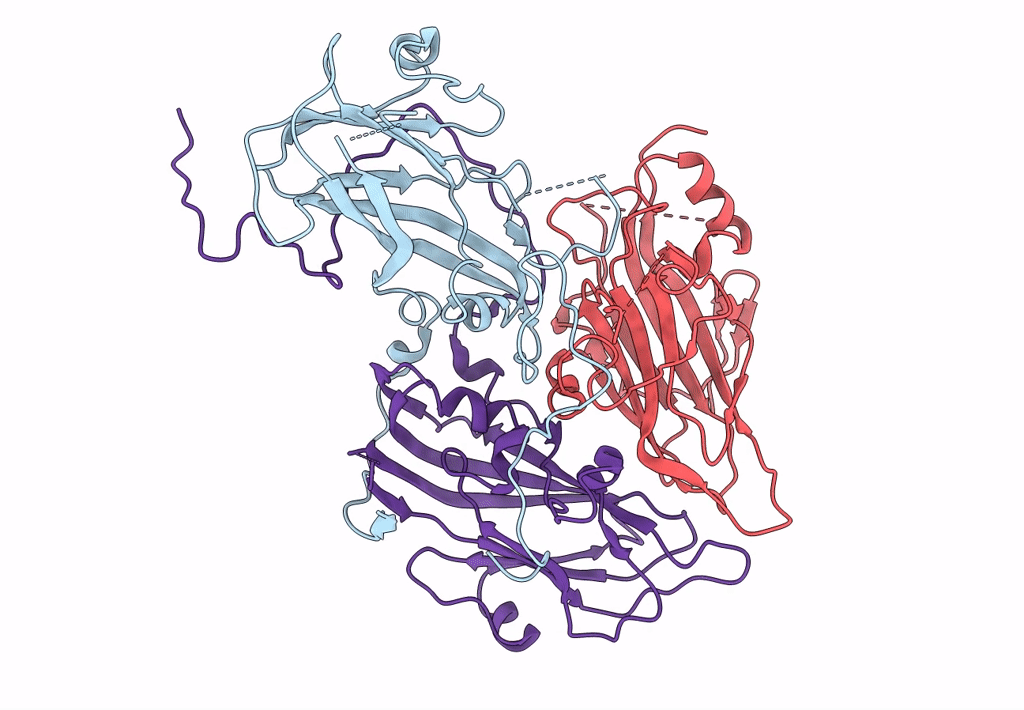
Deposition Date
2019-12-09
Release Date
2020-02-05
Last Version Date
2025-07-02
Entry Detail
PDB ID:
6LHL
Keywords:
Title:
The cryo-EM structure of coxsackievirus A16 A-particle in complex with Fab 18A7
Biological Source:
Source Organism:
Coxsackievirus A16 (Taxon ID: 31704)
Method Details:
Experimental Method:
Resolution:
3.07 Å
Aggregation State:
PARTICLE
Reconstruction Method:
SINGLE PARTICLE


